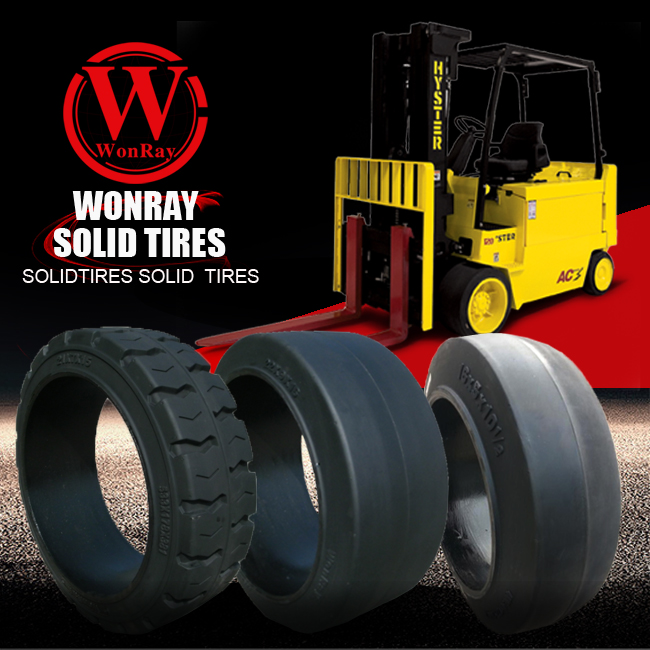In the fast-paced world of material handling, choosing the right forklift tire can dramatically impact performance, safety, and operational costs. Pneumatic forklift tires remain one of the most popular choices for outdoor and heavy-duty applications due to their excellent traction, cushioning, and durability. For businesses operating in logistics, construction, or manufacturing, understanding the advantages of pneumatic tires is essential for optimizing efficiency and minimizing downtime.
What Are Pneumatic Forklift Tires
Pneumatic forklift tires are air-filled or solid rubber tires designed to deliver maximum traction and shock absorption. They resemble truck tires and are primarily used for outdoor or uneven surfaces, making them ideal for warehouses, ports, lumber yards, and construction sites.
Types of Pneumatic Tires
-
Air-Filled Pneumatic Tires: Contain pressurized air, providing superior cushioning and ride comfort.
-
Solid Pneumatic Tires: Made entirely of rubber — puncture-proof and maintenance-free, perfect for rough terrain or debris-prone environments.
Key Benefits of Pneumatic Forklift Tires
1. Enhanced Traction and Stability
-
Deep tread design ensures maximum grip on gravel, asphalt, and uneven terrain.
-
Reduces slippage, enhancing operator safety and load stability.
2. Shock Absorption and Comfort
-
Air cushioning or solid rubber structure minimizes vibrations, reducing equipment wear and operator fatigue.
-
Ideal for long working hours in outdoor conditions.
3. Durability and Longevity
-
Resistant to impact and wear, even under heavy loads.
-
Suitable for forklifts operating in demanding environments such as mining or construction.
4. Cost-Effective for Heavy-Duty Applications
-
Extended lifespan means fewer replacements and lower overall maintenance costs.
-
Improved performance reduces downtime, ensuring better ROI.
Applications Across Industries
Pneumatic forklift tires are widely used in industries that require both strength and flexibility:
-
Logistics & Warehousing: For mixed indoor-outdoor use.
-
Construction & Mining: Handles rough, debris-filled terrain with ease.
-
Manufacturing Plants: Supports heavy loads while maintaining stability.
-
Ports & Freight Yards: Provides dependable traction on wet or uneven surfaces.
Conclusion
For businesses that depend on reliable material handling, pneumatic forklift tires offer the ideal balance of traction, durability, and cost-efficiency. By choosing the right tire type—air-filled or solid pneumatic—companies can improve operational safety, reduce maintenance costs, and extend the life of their equipment. Investing in high-quality pneumatic tires is not just about performance—it’s a long-term commitment to safety and productivity.
FAQ
Q1: What’s the difference between pneumatic and cushion forklift tires?
A1: Pneumatic tires are designed for outdoor use with rough surfaces, while cushion tires are made for smooth indoor floors.
Q2: How often should pneumatic forklift tires be replaced?
A2: Replacement depends on usage, load, and surface type—typically every 1,000–2,000 hours for air-filled types and longer for solid pneumatic models.
Q3: Are solid pneumatic tires truly puncture-proof?
A3: Yes, solid pneumatic tires are made of solid rubber and eliminate the risk of flats, making them ideal for debris-heavy environments.
Q4: Can pneumatic forklift tires be used indoors?
A4: Yes, but only if the surface is clean and smooth—otherwise, cushion tires may offer better maneuverability and efficiency.
Post time: 14-10-2025

